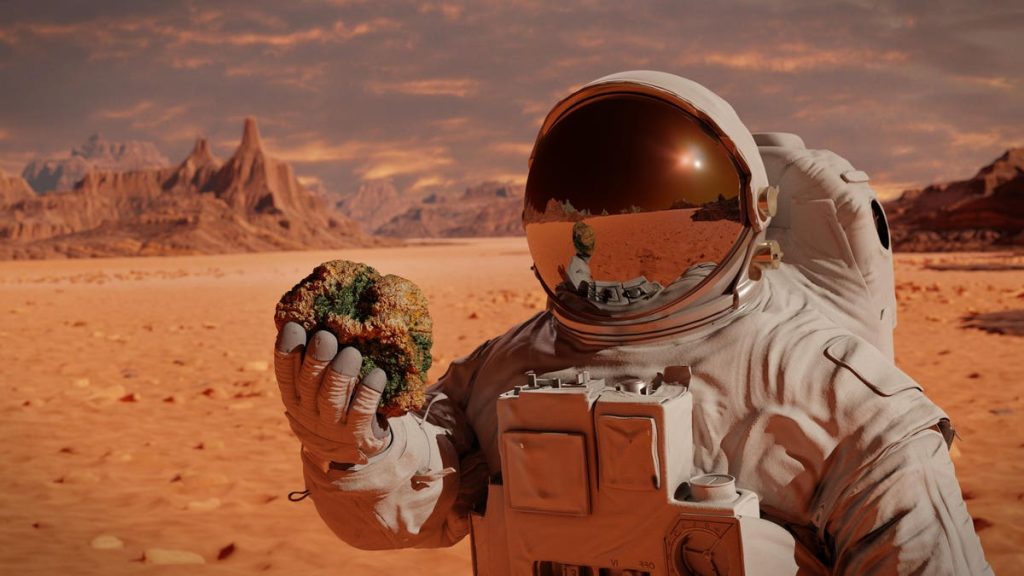Sensors could soon be fitted to Mars rovers to help them search for signs of life after scientists successfully used a form of artificial intelligence to check for signs of past or present life.
Published today in Proceedings of the National Academy of Sciences, the new paper outlines attempts to use a new machine learning technique—solving problems using algorithms—to reveal the biological or non-biological origin of a sample with 90% accuracy.
“This routine analytical method has the potential to revolutionize the search for extraterrestrial life and deepen our understanding of both the origin and chemistry of the earliest life on Earth,” said Dr. Robert Hazen of the Carnegie Institution for Science, who co-led the research. “It opens the way to using smart sensors on robotic spacecraft, landers and rovers to search for signs of life before the samples return to Earth.”
It could even be used soon on the surface of Mars as part of instruments on NASA’s Mars rovers. The Perseverance rover is now taking samples in-situ. “It’s possible that we already have data in hand to determine if there are molecules on Mars from an organic Martian biosphere,” said Hazen, though he added that work would be required to tweak the method to match NASA’s protocols.
Implications For The Search For Life
The researchers demonstrated that AI can differentiate between samples of a biotic nature (plants, animals and bacteria) and abiotic origin (water, soil and atmosphere).
This new analytical method can detect subtle differences within a sample’s molecular patterns by identifying a sample’s component parts and determining their molecular weights. The AI was trained on datasets from 134 known abiotic or biotic samples.
It means that scientists could soon look at Mars and ancient Earth samples to tell if they were once alive, but it also reveals that biochemistry differs from abiotic organic chemistry at a deep level.
It was, report the researchers, 90% accurate at identifying samples that had originated from:
- Living things (modern shells, teeth, bones, insects, leaves, rice, human hair, and cells preserved in fine-grained rock).
- Remnants of ancient life altered by geological processing (coal, oil, amber, and carbon-rich fossils).
- Samples with abiotic origins (such as pure laboratory chemicals like amino acids).
“These results mean that we may be able to find a lifeform from another planet, another biosphere, even if it is very different from the life we know on Earth,” said Hazen. “And, if we do find signs of life elsewhere, we can tell if life on Earth and other planets derived from a common or different origin.”
Gift For Astrobiologists
It’s hoped that the new AI-driven technique may soon shed new light on the origin of 3.5 billion-year-old black sediments found in Western Australia that may or may not contain Earth’s oldest fossil microbes. It could also be of use in biology, paleontology and archaeology.
“There is much still to be learned, but one day a next-generation version of their system may well fly to Mars, evaluating the possibility of life on the red planet, while its Earth-bound sisters illuminate life’s antiquity on our own planet,” said Andrew H. Knoll, Fisher Research Professor of Natural History and Research Professor of Earth and Planetary Sciences Emeritus, Department of Organismic and Evolutionary Biology, Harvard University. He called it a “a gift for astrobiologists.”
Wishing you clear skies and wide eyes.
Read the full article here










